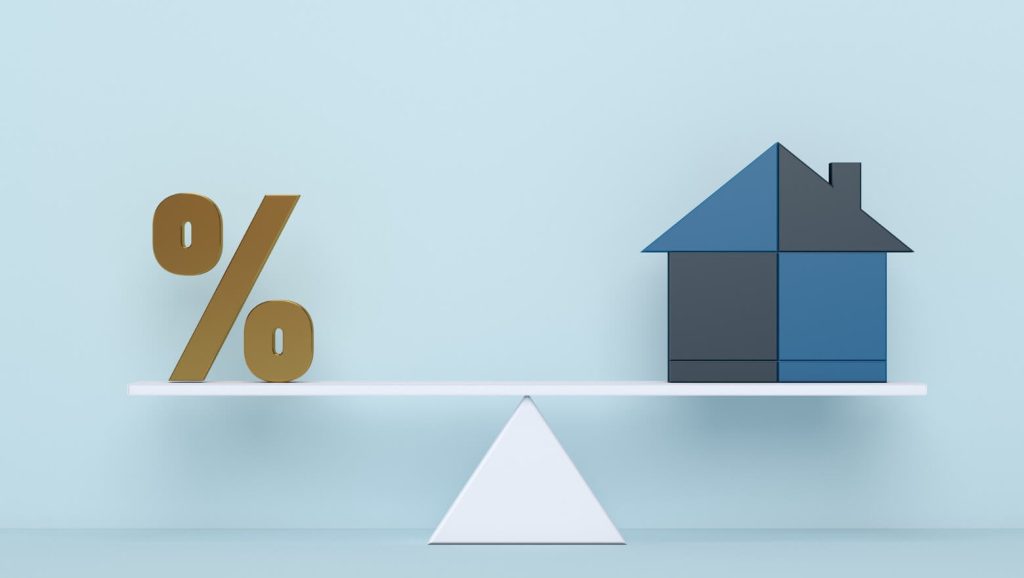Fixed Mortgage Rates Keep Falling, but Variable-Rate Pricing Is on the Rise
In recent months, mortgage rates in Canada have shown a surprising divergence: fixed rates are steadily dropping, while variable rates are starting to rise. This shift has caught the attention of prospective homeowners, mortgage brokers, and economists alike, as it reflects changing expectations about the economy, inflation, and future interest rate movements.
Understanding what’s behind this trend—and what it means for borrowers—can help Canadians make more informed decisions in a complex and evolving mortgage market.
Fixed Rates Trending Downward
Government bond yields mainly influence fixed mortgage rates. As bond yields decline—often due to lower inflation expectations or economic slowdown—fixed rates tend to fall in tandem. Over the past few months, 5-year fixed rates offered by many Canadian lenders have decreased, making them more attractive to buyers seeking stability.
This drop in fixed rates is mainly due to:
Declining bond yields amid growing signs of economic cooling
Market anticipation of interest rate cuts by the Bank of Canada in late 2025
Increased lender competition as the housing market begins to recover
For borrowers who value predictability, the current environment makes fixed-rate mortgages particularly appealing. Locking in a lower rate today could mean long-term savings, especially if rate cuts unfold more slowly than expected.

Variable Rates Edging Higher
While fixed rates are falling, variable mortgage rates are moving in the opposite direction. Variable rates are tied to a lender’s prime rate, which is directly influenced by the Bank of Canada’s overnight lending rate. Despite inflation cooling slightly, the Bank has yet to make any rate cuts in 2025, maintaining a cautious stance to avoid triggering a new wave of inflation.
Lenders, anticipating fewer rate cuts—or possibly a delayed timeline—have started to raise their margins on variable-rate mortgages, leading to slightly higher pricing for new variable-rate products.
This creates a curious dynamic in the mortgage market: while variable rates have historically been lower than fixed ones, current conditions are flipping that script.
What This Means for Borrowers
With mortgage rates showing divergent trends, choosing between fixed rates and variable rates comes down to personal risk tolerance, financial goals, and market expectations:
Go Fixed if you want peace of mind and believe rates may not drop significantly in the near term.
Go Variable if you’re confident the Bank of Canada will begin aggressive rate cuts and you can handle potential short-term increases.
It’s also essential to consider hybrid or “convertible” mortgage options that allow flexibility if the rate environment changes significantly in the coming months.
The current mortgage landscape in Canada is anything but typical. While fixed mortgage rates are gaining appeal due to falling bond yields, variable rates may continue to face upward pressure due to lingering economic uncertainty. Staying informed and consulting with a qualified mortgage agent can help you navigate these shifting dynamics and secure the best mortgage product for your unique needs.
